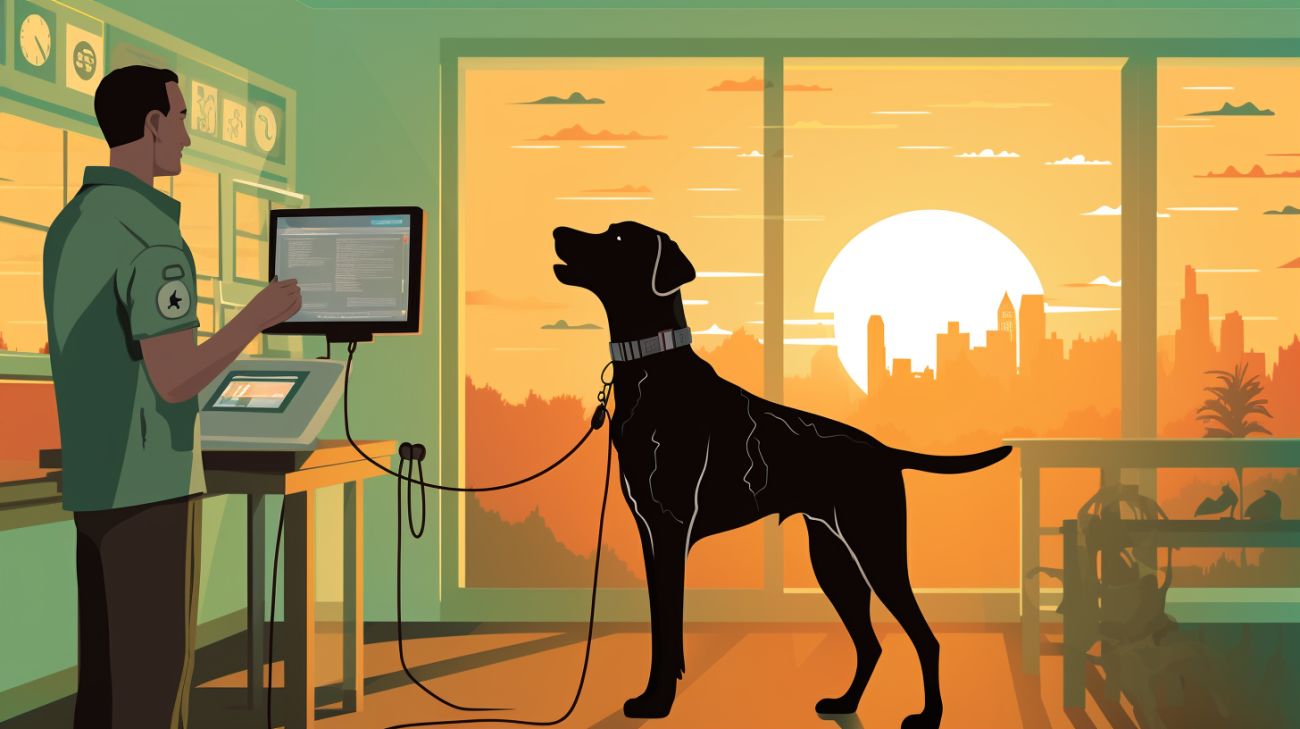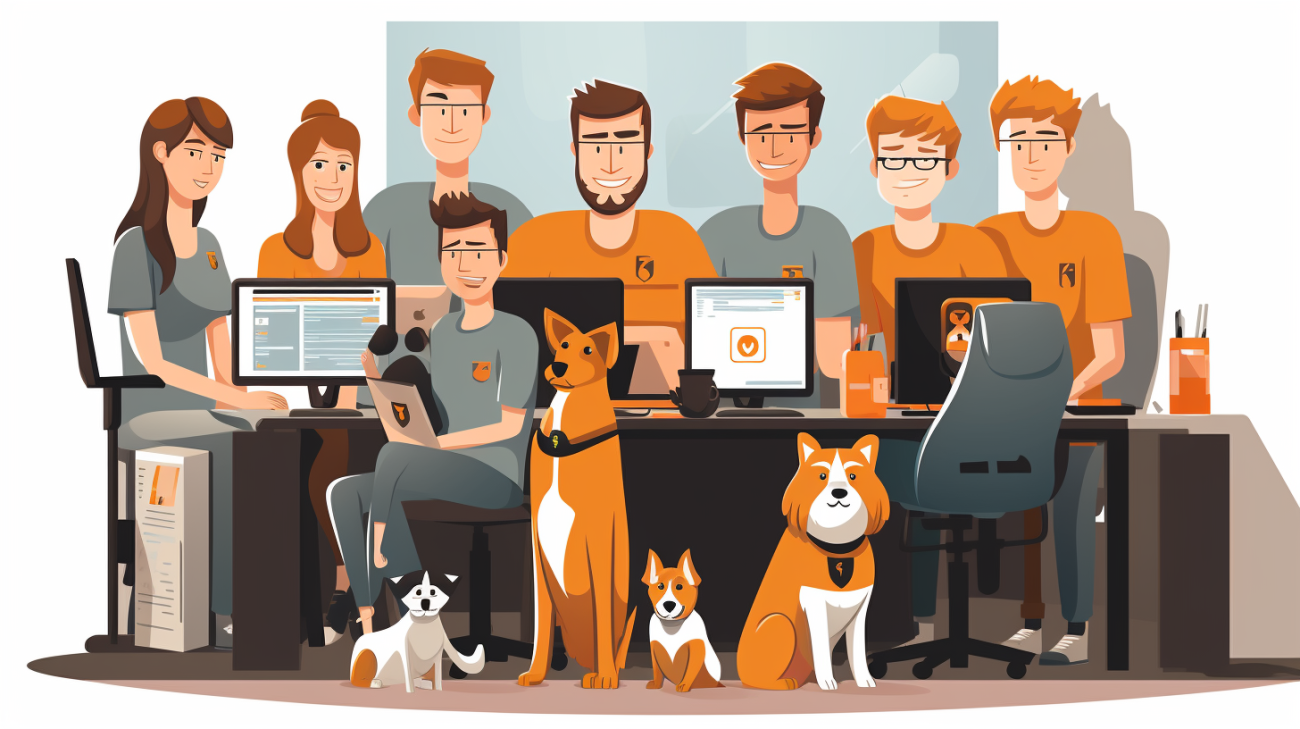Key takeaways
We know your pet is just like a family member. So, when they go missing, it can be incredibly distressing. However, there are tools to help you find them again.
Utilizing social media, services like PetRadar, and pet detectives can increase your chances of finding your furry friend.
In this article, we'll explore how you can use these tools before exploring the best ways to find your lost pet.
Quick Navigation
3 Tools to help you find your lost pet

1. Social media
Multiple images: Close-up shots of memorable physical traits, like white socks, a short tail, or specific markings, are just as important as a high-quality full-body shot. If something will help people recognize your pet, then it's worth including!
Description of what they look like: While photos are essential, a physical description can also be very helpful. Some things can't be captured on camera, like a limp, and can be useful in identifying them.
Description of their personality: The last thing you want to happen is for someone to approach your timid dog or shy cat and cause them to run away further or hide. Make sure people know your pet's personality traits, like aggression, confidence, sociability, or shyness.
Contact details: Providing information so people can contact you with sightings is essential. Rather than relying on them finding you through the post again, make sure your neighbors have an easy way to contact you, either by phone, email, or at your door.
Location: Ensure you share information about where your pet frequently explores and where they were last seen. This will help people know where to look and whether they need to check their gardens and houses.
Social media isn't just useful for snapping and sharing your most recent adventures. In fact, it's a fantastic resource that connects communities and helps spread messages quickly to the people that matter.

2. PetRadar
Provide you with a personal dashboard where you can manage the search, keep an eye on sightings, and expand the search area if you'd like.
Send you free, expertly designed, and personalized missing pet posters that you can print and distribute around your neighborhood to increase the chances of finding your furry friend.
Offer personal support and guidance throughout the whole process so you can navigate your way through this stressful period.

3. Pet detectives
People who don't have time to search for their pet
People who don't have the mobility to actively look for their pet
People who feel they have done all they can

How to find a lost pet
Physically search
Gardens
Outbuildings (garages, sheds, bin stores)
Under cars
In houses (under or in furniture, trapped in wardrobes and cupboards, trapped in bedrooms)
Abandoned buildings
Farms
Fields
In the woods
Quiet backstreets
Town centers
Animal shelters
Bring familiar-smelling toys and clothing
Bring toys that make sounds
Call their name gently
Bring food and treats
Bring a way to secure them if you find them

Lure them back home
Leave food and treats outside
Leave toys and blankets outside
Leave litter boxes outside
Open doors and windows so familiar sounds can travel further
Keep calling their name gently from the house

Report them missing
Microchip company: Alert your microchip company and update your contact details to make sure your pet is accounted for if they are handed in or found.
Veterinarians: Updating veterinarians and pet stores about your missing furry friend will mean they can be on the lookout and know who to contact if there is a reported sighting.
Animal control: Dog wardens and other animal control organizations will have a long list of found pets and will be able to give expert advice on your next steps.

FAQS
What are the chances of finding a lost pet?
The chances of finding a lost pet depend on the type of animal you own. 90% of lost dogs are found, whereas around 70% of lost cats are found. So, the chances of finding your missing pet are high.
What to do if I lost my pet?
If you have lost your pet, the first thing you should do is report them missing to local animal shelters and your microchip company. Then, you should start a thorough physical search.
How long can a missing dog survive?
A missing dog can survive for a long time. However, it does depend on the breed. For example, German shepherds and Huskies can withstand cold temperatures and have a high prey drive, which means they'll be able to find shelter and hunt. On the other hand, smaller dogs may struggle to survive without a warm house and food.
Where is the best place to find lost pets?
Most lost pets will be found in neighbors' houses or gardens, local animal shelters, or in nearby parks or woods.
Where do most lost dogs go?
Most lost dogs stay within a 2 mile radius of their home. Depending on your dog's personality, they may be hiding in fields or quiet backstreets, or they may be trying to make friends in the local park.
Do lost pet signs work?
Yes, lost pet signs work when trying to spread the message of a missing pet. By making missing pet posters bright, clear, and eye-catching, you should be able to attract as much attention as possible and make your neighbors aware of your lost pet.



